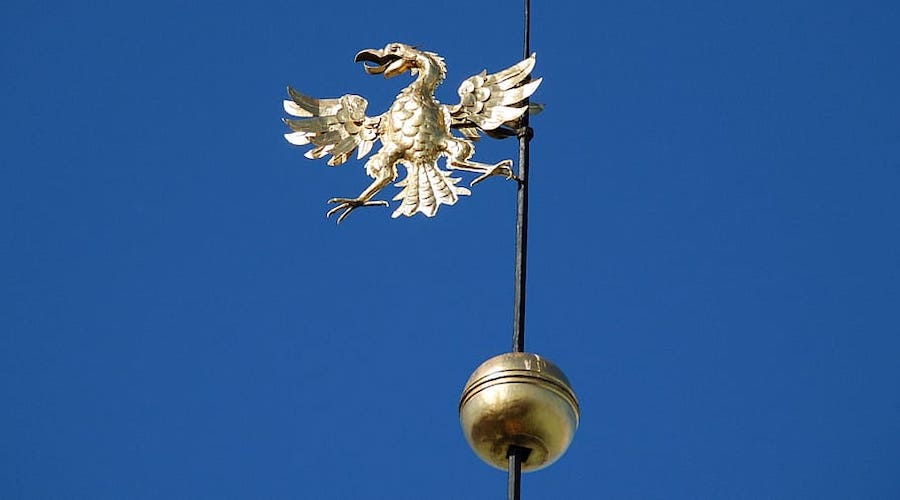Gold’s volatility emptying jewellery boxes in a wild selling spree

Over the last few weeks, gold buyers have seen a frantic push by individuals racing to sell their little-used jewellery in the U.S. and Europe amid worries that the extraordinary price rally fueled by the coronavirus since the start of the year may soon run its course.
Old gold sales always jump when prices rise, but “we’ve never seen a surge like this,” said Tobina Kahn, the president of House of Kahn Estate Jewelers in Chicago, where jewellery assessment bookings this week alone were up 12% over the average.
On Friday, concerns about a slide became reality. After spot gold reached $1,689.31 an ounce in New York on Feb. 24, it slipped as low as $1,563 as investors sold the metal to cover losses in other asset classes
The extraordinarily quick rise of the metal, which gained 8.4% this year through Thursday, piqued sellers’ interest. But with so many unanswered questions swirling around the virus’s advance and its effect on the global economy, “no one is saying, ‘I want to wait because I think gold will go up even more,’” Kahn said by telephone. “They realize this is time-sensitive.”
It’s a flight-to-safety rally, she said, that’s “based on fear.”
On Friday, concerns about a slide became reality. After spot gold reached $1,689.31 an ounce in New York on Feb. 24, it slipped as low as $1,563 as investors sold the metal to cover losses in other asset classes.
Rather than signalling an end to the rush, that may actually boost it. The heaviest days for scrap jewellery usually occur when high prices start to slide, according to Ash Kundra, co-owner of J Blundell & Sons Ltd. in London’s Hatton Garden jewellery district. “Everyone is hedging their bets,” he said.
Kundra’s shop paid out its highest price ever for scrap gold on Feb. 24, he added.
Generally, scrap gold accounts for about 30% of the total global supply. While the output from mining was flat in 2019, the amount of scrap gold in play probably rose by as much as 2.5%, according to Rohit Savant, an analyst at the research firm CPM Group. This year, though, there’s been a “significant” increase, particularly as bullion priced in euros neared a record, European refiner Heraeus Holding GmbH said in an email.
“People have started to clean out their safes,” Kundra said, adding that the majority of objects coming into his shop are from jewelry traders rather than walk-in consumers. “They find a packet that’s been sitting there for 5 years, 10 years” and they scrap it to take advantage of the higher prices.
While there’s a race to sell in the U.S. and Europe, the situation is very different in China. There, sales of gold jewelry are set to plummet this year as the economic damage from the deadly coronavirus crisis widens. Shoppers are staying away from public places to avoid infection, while also limiting their spending to basic necessities such as groceries.
Most buyers of gold jewelry pay sellers a fraction of the spot price. Recyclers and refiners then melt it down, purify it and form it into gold bars for coin fabricators and investors or gold powder for industrial use.
New York-based Empire Gold Buyers ponies up roughly 96% of the going spot price for the jewelry it buys, according to Chief Executive Officer Gene Furman. A typical 18-carat gold wedding band weighing about 10 grams would gain a seller about $383 at a spot price of $1,600, he said. A gold watch weighing about 3 ounces and purchased for around $1,000 in the 1980s would probably gain a buyer around $1,900.
Meanwhile, the value of high-quality watches like those made by Rolex, as well as some of the most expensive gold jewelry, comes from both the rising price of gold, which is what sends sellers to the marketplace in the first place, and the status it confers to the buyer. These items are resold rather than melted down.
“It’s still gold, so the baseline of the value is still just the gold value,” Furman said. “But add that it’s Cartier or Tiffany, and it shoots it through the roof.”
Empire’s phones “are lit up like a Christmas tree,” Furman said, and have been for two weeks. Meanwhile, traffic on Empire’s website is up by about 40%. People who have been sitting at home “thinking ‘time for me to sell, time for me to sell’” are “coming out of the trenches right now,” he added.
(Reporting by Justina Vasquez, Yvonne Yue Li and Ronan Martin with assistance from Maria Elena Vizcaino and Elena Mazneva).
More News
{{ commodity.name }}
{{ post.title }}
{{ post.date }}



Comments